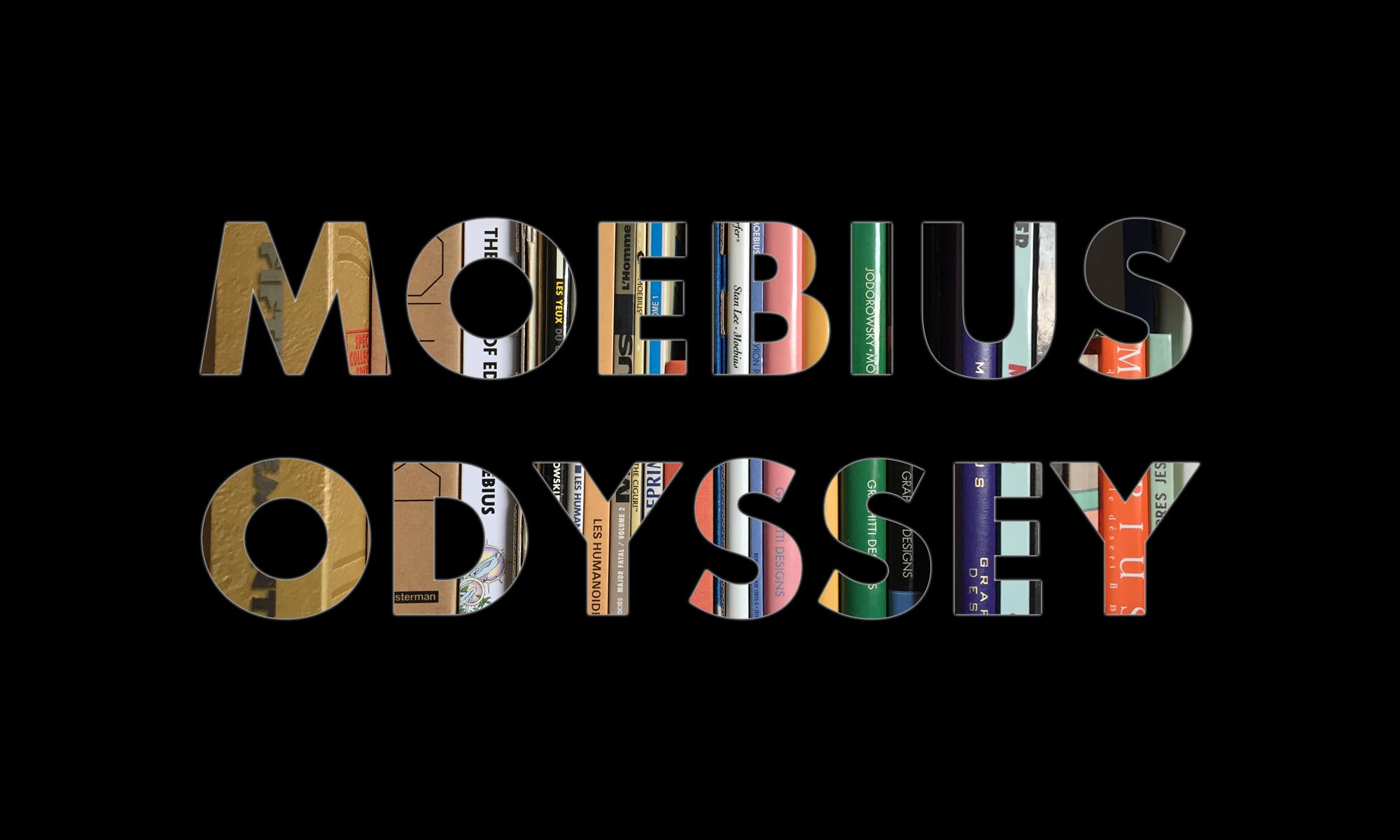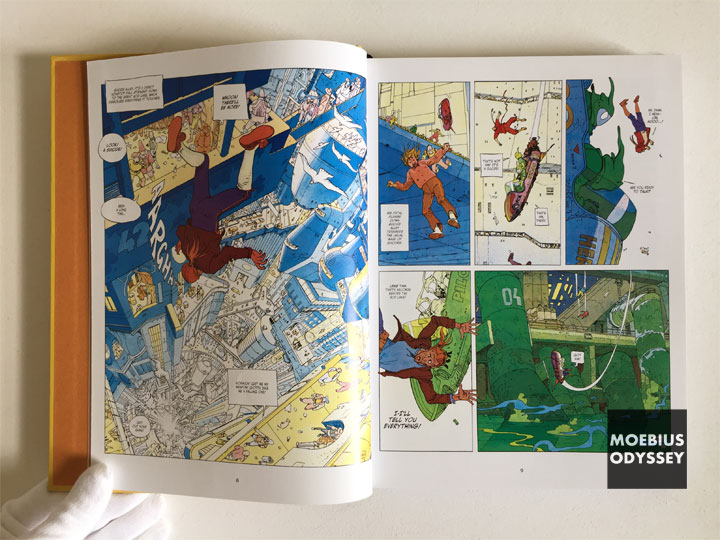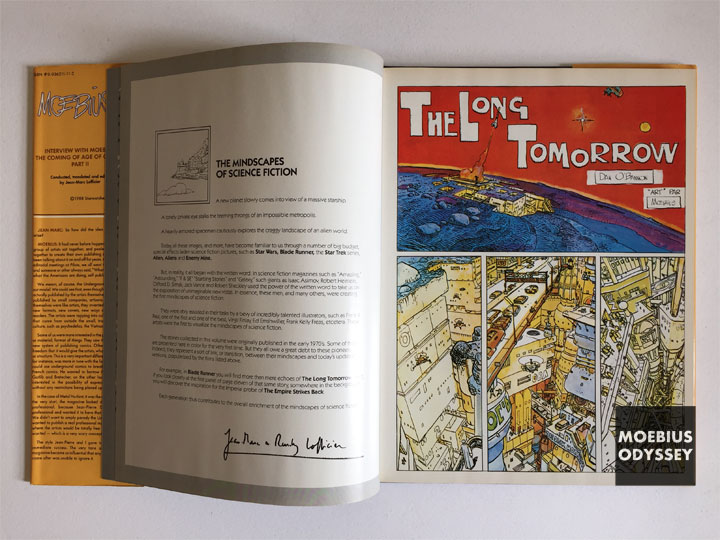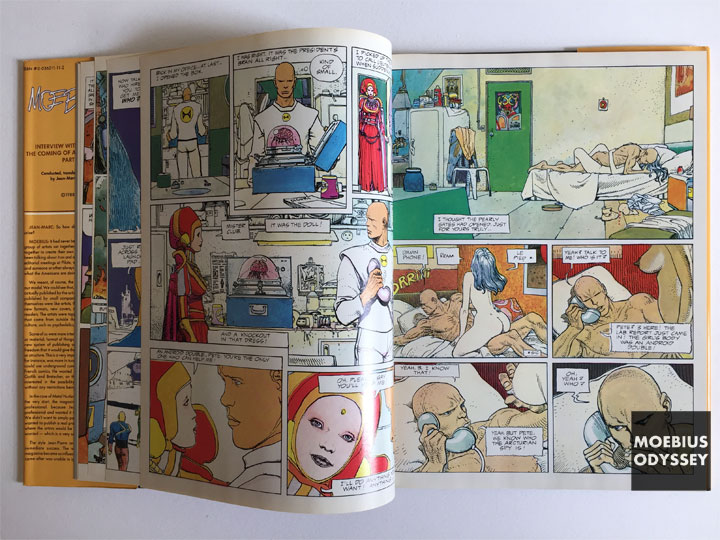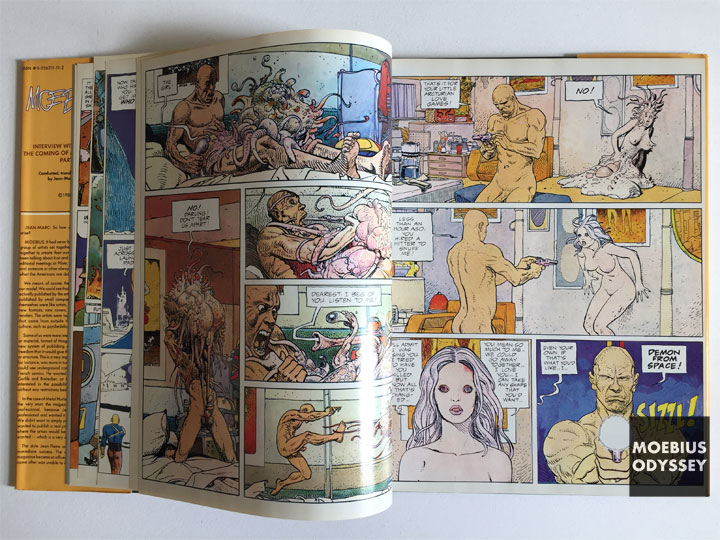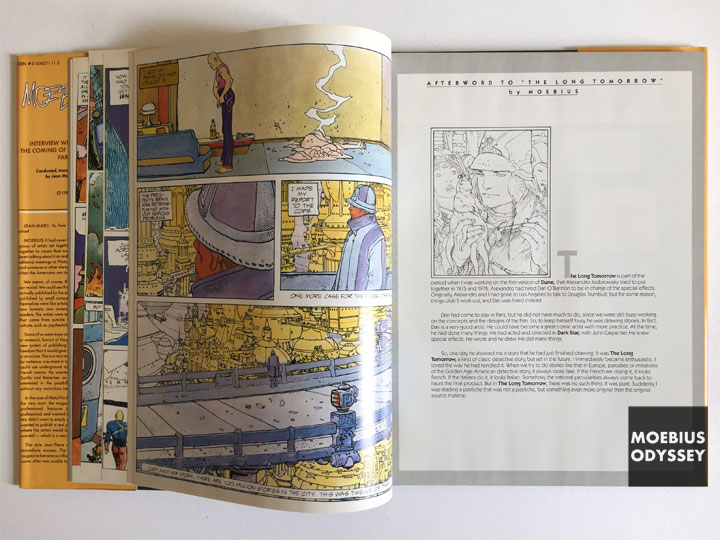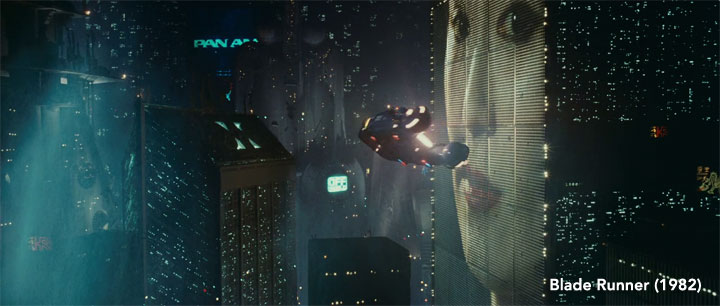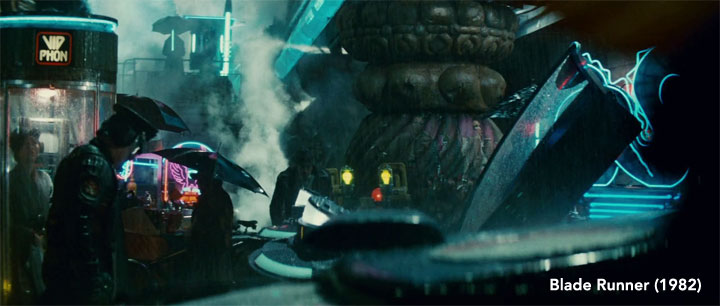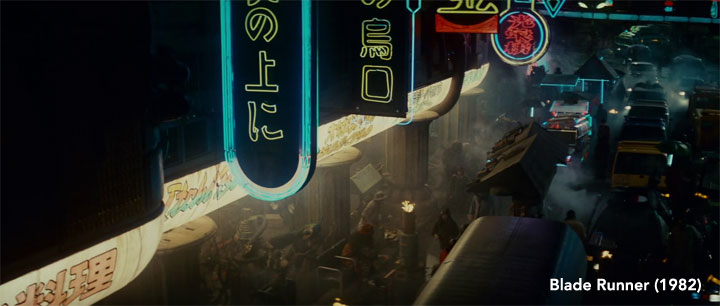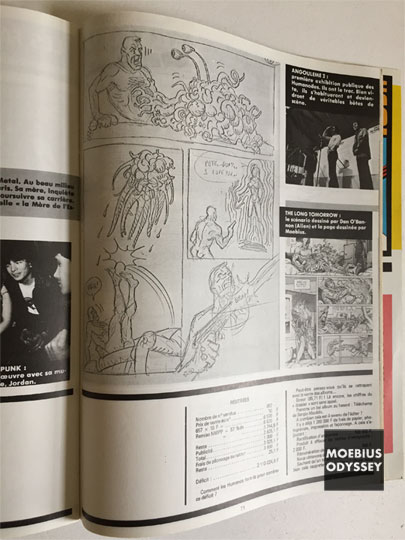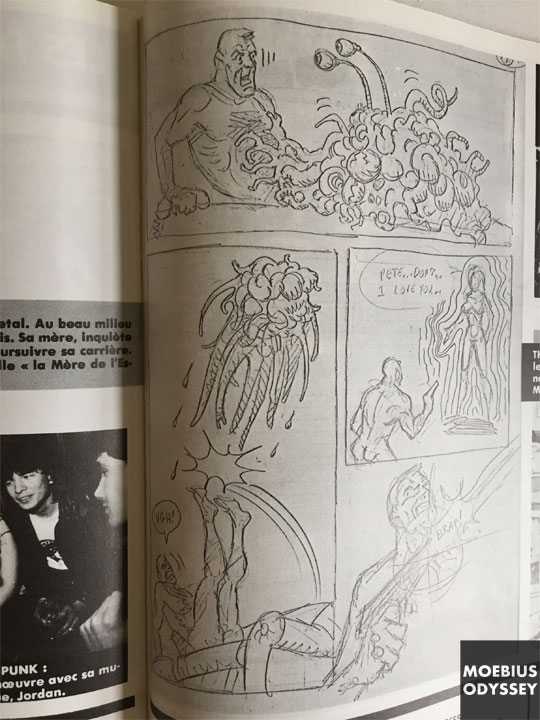The Incal (1981-1988)
Les Humanoïdes Associés/Humanoids
22 x 28.5cm, 309 pages
Picking up any surviving pieces from the smoked cinders of Alejandro Jodorowsky’s impossible dream of Dune, Jodorowsky and Moebius would band together once more and descend on the medium of bandes dessinées just as they did for their last work the short story Les Yeux Du Chat. Moebius for his next work with Jodorowsky, would take in visual inspiration from his collaboration with Dan O’Bannon on the futuristic noir short story The Long Tomorrow, and would set to work on their new project known as The Incal.
The idea of The Incal came to Jodorowsky in a dream after a chance encounter with Moebius where they both reminisced about Dune and what could have been, Jodorowsky’s dream is described in the foreword to Les Yeux Du Chat:
“That same night, I dreamed that I was flying in intergalactic space. A cosmic being formed by two superimposed pyramids, one black, the other white, was calling me. I moved toward it and found myself submerged in the center. We exploded. And that’s how my subconscious mind introduced me to “El Incal” (“The Incal”)!”
The Incal begins with lowly Class “R” Detective John Difool as he is set upon by masked men and is about to be thrown over the edge and down into Suicide Alley before narrowly escaping. Soon we meet Difool’s faithful companion a concrete pigeon by the name of Depo and as the story unfolds Difool whilst escorting an upper level aristo lady to the dangerous depths of The Red Ring, finds himself in possession of a mysterious object: the Incal.
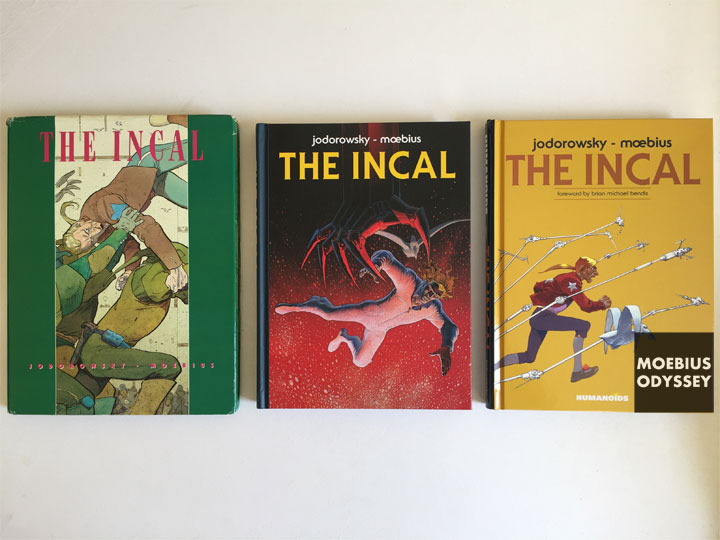
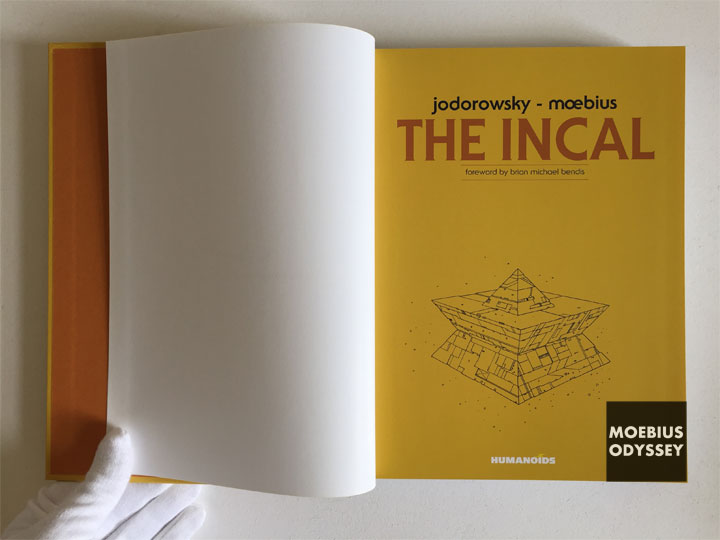
The Incal is filled with a cast of complex characters both human & non-human, bursting at the seems with plot-twists and cliffhangers, whilst taking the audience on a truly expansive journey to explore deep questions about the human condition.
The Incal would be the gateway to a vast expanding comic book universe from the mind of Alejandro Jodorowsky dubbed the “Jodoverse”. Stories from the Jodoverse include a prequel to The Incal called Before the Incal made with Serbian artist Zoran Janjetov, followed by a sequel to it’s progenitor called the Final Incal made with Mexican artist José Ladrönn who picked up and developed an earlier story by Moebius’ called After the Incal which was unfinished due to ill health.
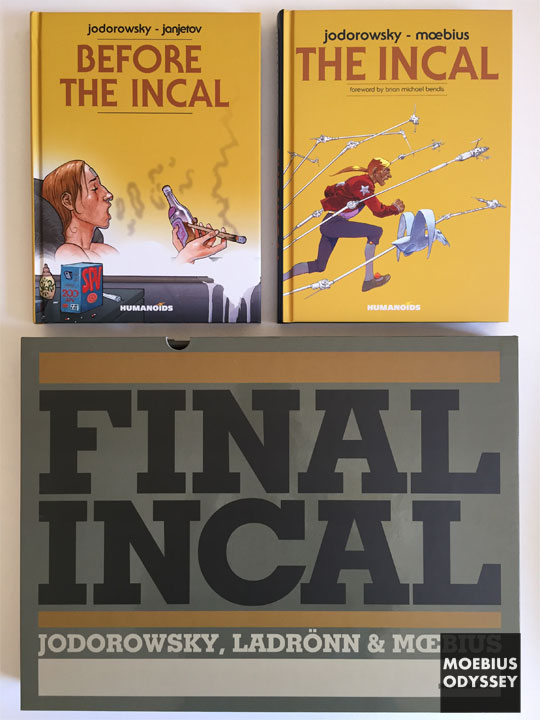
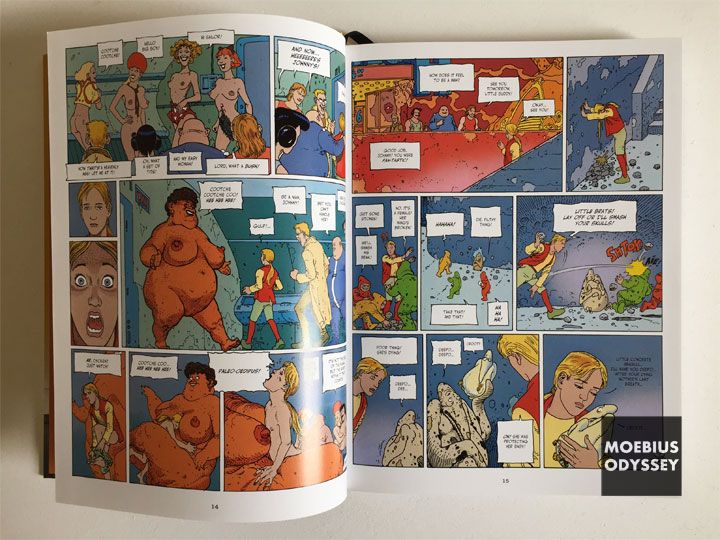
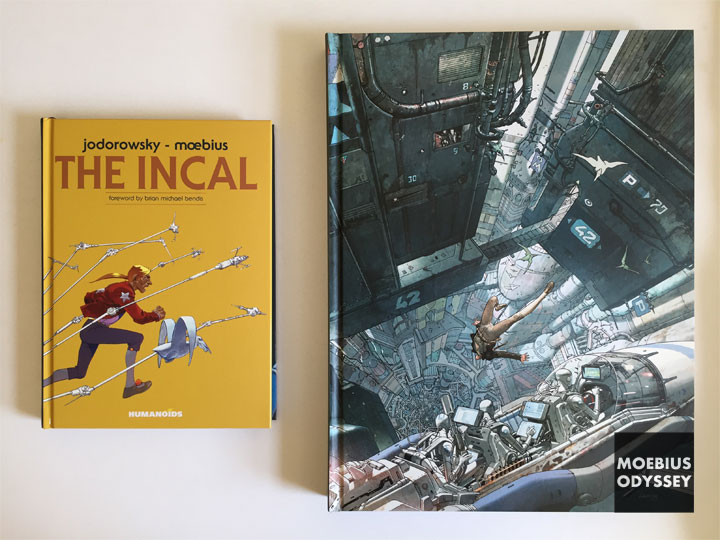

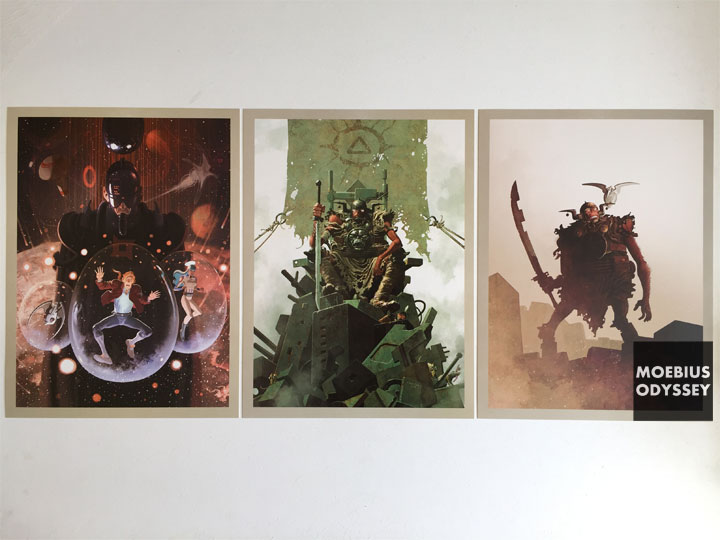
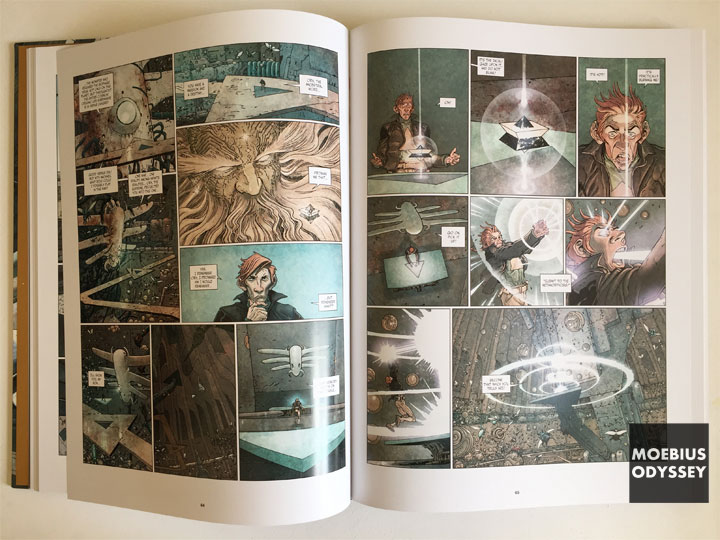
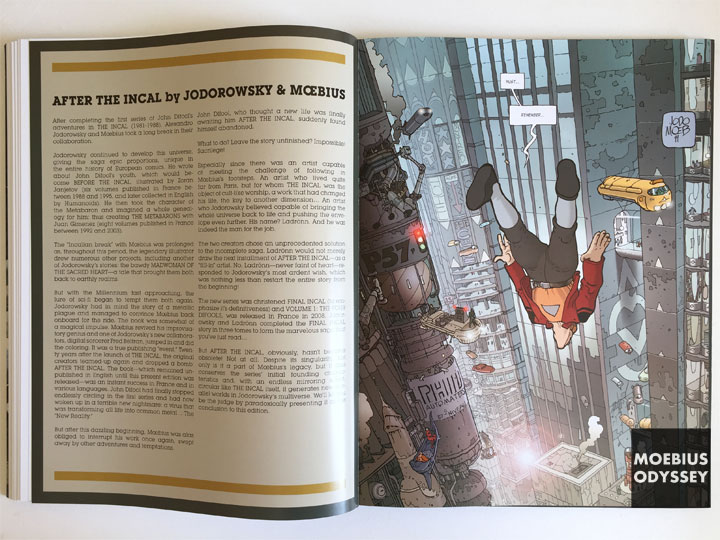

A major character that originally appeared in The Incal is that of the Metabaron who’s backstory is explored fully in The Metabarons, an epic science fiction saga with sublime visuals by Argentinian artist Juan Giménez, that traces the violent lineage of the universe’s most invincible warrior: the Metabaron.

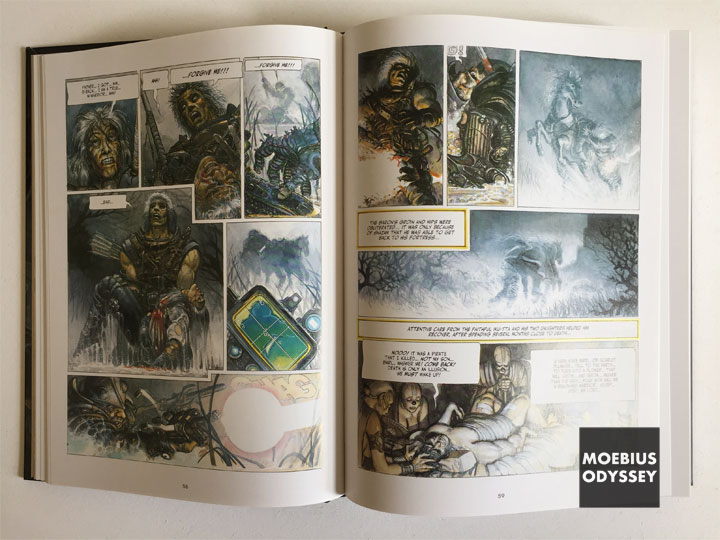
Told from the point of view of 2 ship androids Tonto and Lothar who serve under the present Metabaron. Tonto, the more seasoned android of the two shares with the pupil Lothar, the genealogy of several generations of their master the Metabaron’s family tree. Each chapter of this space opera follows the journey of this warrior dynasty through the trials, tribulations and tragedies each member of the family faced.
The Metabaron’s past is explored ever further in Metabarons Genesis: Castaka with Spanish artist Das Pastoras, tracing the bloody origins of the first ancestor and story’s narrator, Dayal de Castaka. Incredibly the Jodoverse is still expanding and includes further continuations of the Metabaron’s story in Weapons of the Metabarons, The Metabaron: The Techno-Admiral & The Anti-Baron and most recently (at the time of writing) The Metabaron: The Techno Cardinal & The Transhuman.

Another genealogy explored of a different character who also first appeared in the pages of The Incal is that of The Technopriests with returning artist of Before the Incal, Zoran Janjetov, that details the history of Albino, the Supreme Technopriest who reveals the origins of his line: the Technopriests.
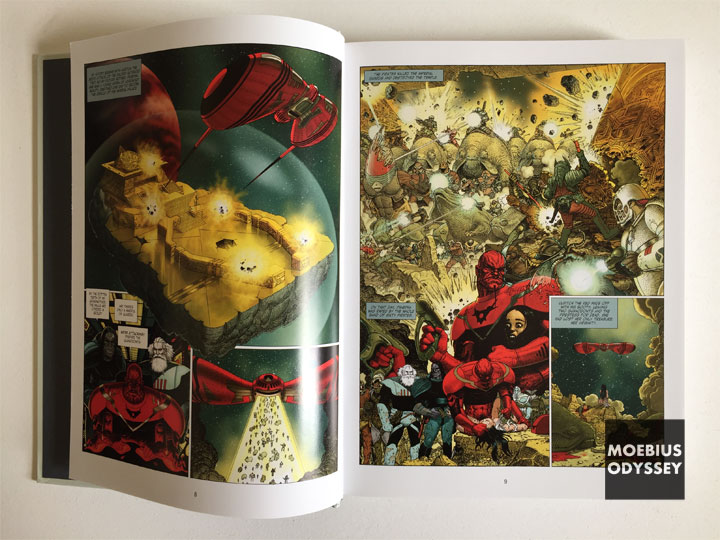
The Incal would prove to be such an influential masterpiece on the comic book landscape that unsurprisingly it would go on to inspire and shape the look of science fiction cinema to come, just as the ideas from The Long Tomorrow were assimilated into Blade Runner (1982) before it. An avid comic book reader by the name of Luc Besson who grew up on Métal hurlant as a teenager in France and would one day become a film director decided to channel the stories he read in his youth and use them in his film The Fifth Element (1997). Besson would not only borrow aspects of The Incal but even hire it’s artist Moebius to work as one of the designers on The Fifth Element and parallels can be drawn between the two works, for instance in the breathtaking shot of the central character Leeloo jumping over the edge of a futuristic vertical cityscape which looks strikingly reminiscent of John Difool’s fall down towards Suicide Alley in The Incal.
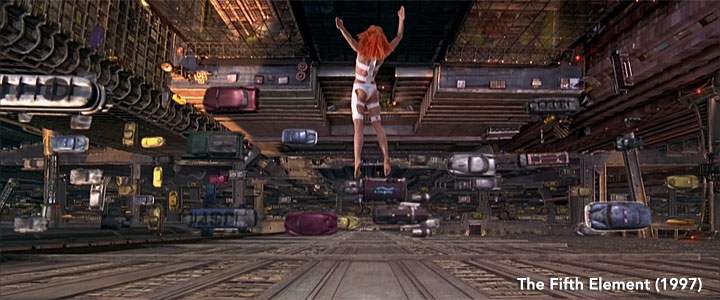
All of the above mentioned comic books by Jodorowsky and Moebius are available from Humanoids.
